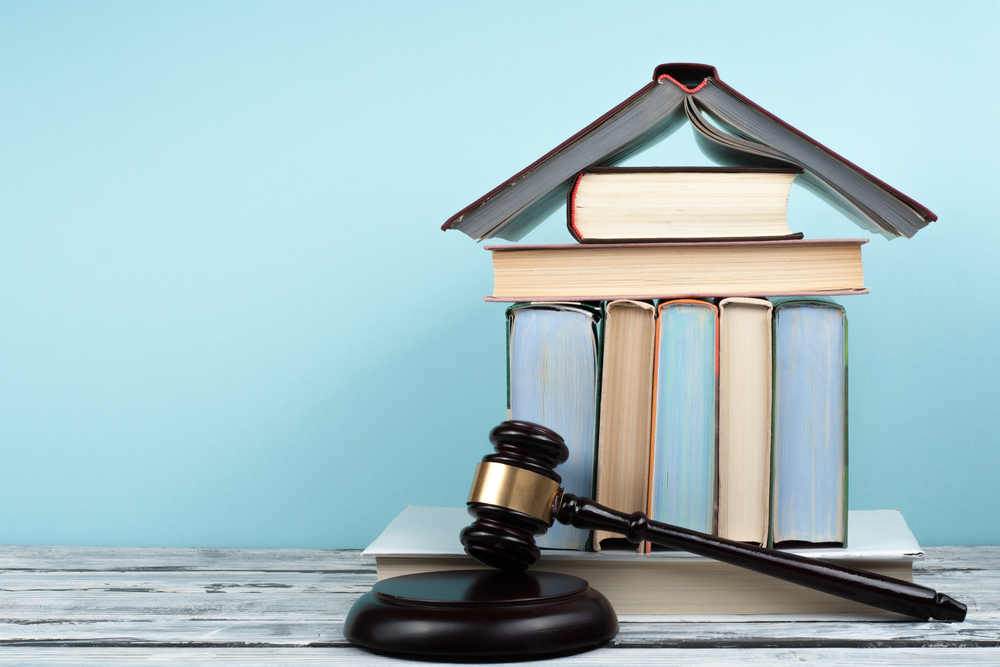According to Education Week, in 2018, 40% of schools had established 1-to-1 technology programs. Furthermore, in 2017, EdSurge reported that 88% of American school districts had online connectivity. By October of 2018, EdWeek reported that 96% of American schools had adequate access to the internet. On one hand, these swift changes create great opportunities for digital learning. However, they also create new liability issues for schools and administrators. As 1-to-1 initiatives continue to grow, so too does the potential for cyberbullying — and for related lawsuits. Indeed, recent rulings require schools to take action against online threats. Here are some of the main issues determining school responses to online threats.
Negligence
By law, faculty members need to report harmful student activity. This includes digital threats. Ignoring any form of cyberbullying is considered negligent. And, of course, schools are liable if harm or injury results from negligent supervision. Additionally, government organizations aren’t immune to negligence lawsuits. Administrators, teachers, and IT teams must work together to develop strong standards of care. Also, it’s imperative to extend these standards to digital activity.
Anti-Cyberbullying Laws
Education laws differ by state. This includes anti-cyberbullying laws. Many judges extend existing anti-bullying laws to the online sphere. This includes online posts made off-campus. For example, a Mississippi appeals court ruled in favor of the school district. In their decision, they stated that cyberbullying constitutes “substantial disruption.” The Supreme Court set “substantial disruption” as the standard for punishing student speech in Tinker v. Des Moines Independent Community School District. Therefore, knowing the laws and legal history can help school districts in difficult cases. Also, it makes forming stronger anti-cyberbullying policies easier. And stronger policies can prevent legal action.
Online Threats to Equality
Schools can avoid education inequality lawsuits by monitoring digital content. One lawsuit against the University of Mary Washington focused on the now-defunct school-centered social media site Yik Yak. In this case, students anonymously bullied a feminist student group after they spoke against campus fraternities. Moreover, the users stalked and threatened the group, mocking the women and what they stood for. Citing Title IX, the court held that the school was responsible for investigating threats, even if made online.
Freedom of Speech
Schools can no longer ignore online bullying by claiming Freedom of Speech. Other constitutional and education amendments hold school boards accountable. Additionally, the 1st Amendment doesn’t cancel out school policies. Therefore, paying close attention to policy details can save the school time and money in court.
On-Campus Inhibitors
Some states have safe space learning laws. Online threats make the learning environment unsafe or uncomfortable, thus violating these laws. Therefore, it becomes the school’s responsibility to solve the problem. Also, monitoring computers during school hours can narrow down digital bullying on campus. Plus, choosing not to take action can result in a lawsuit.
Text by Sarah Vice


